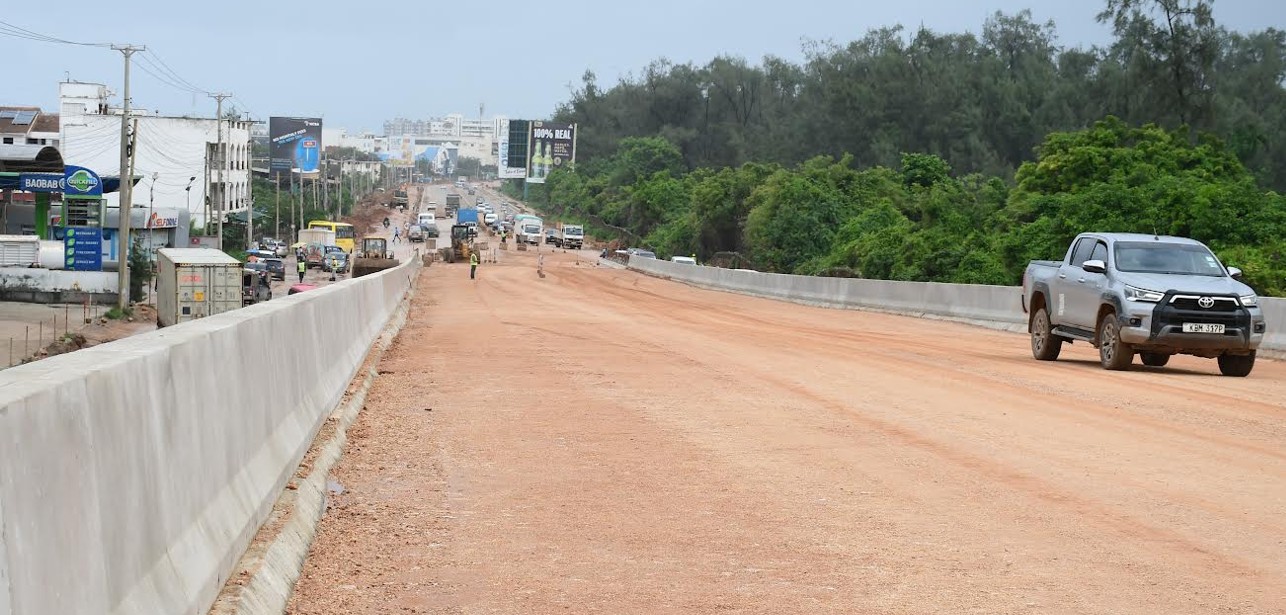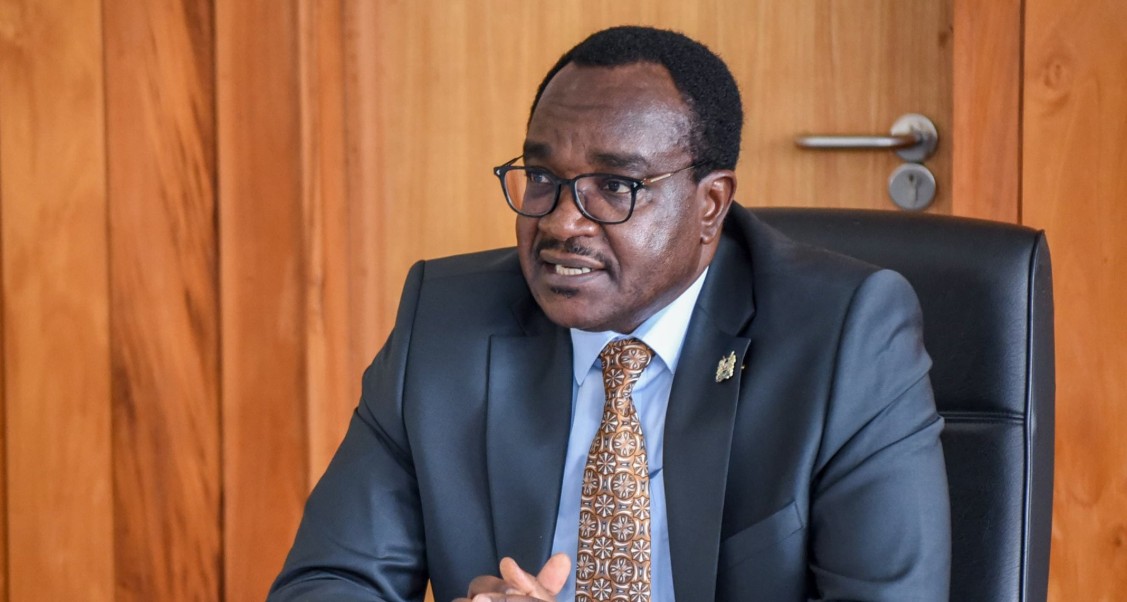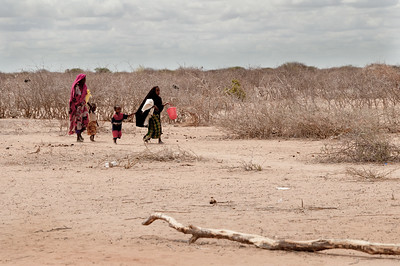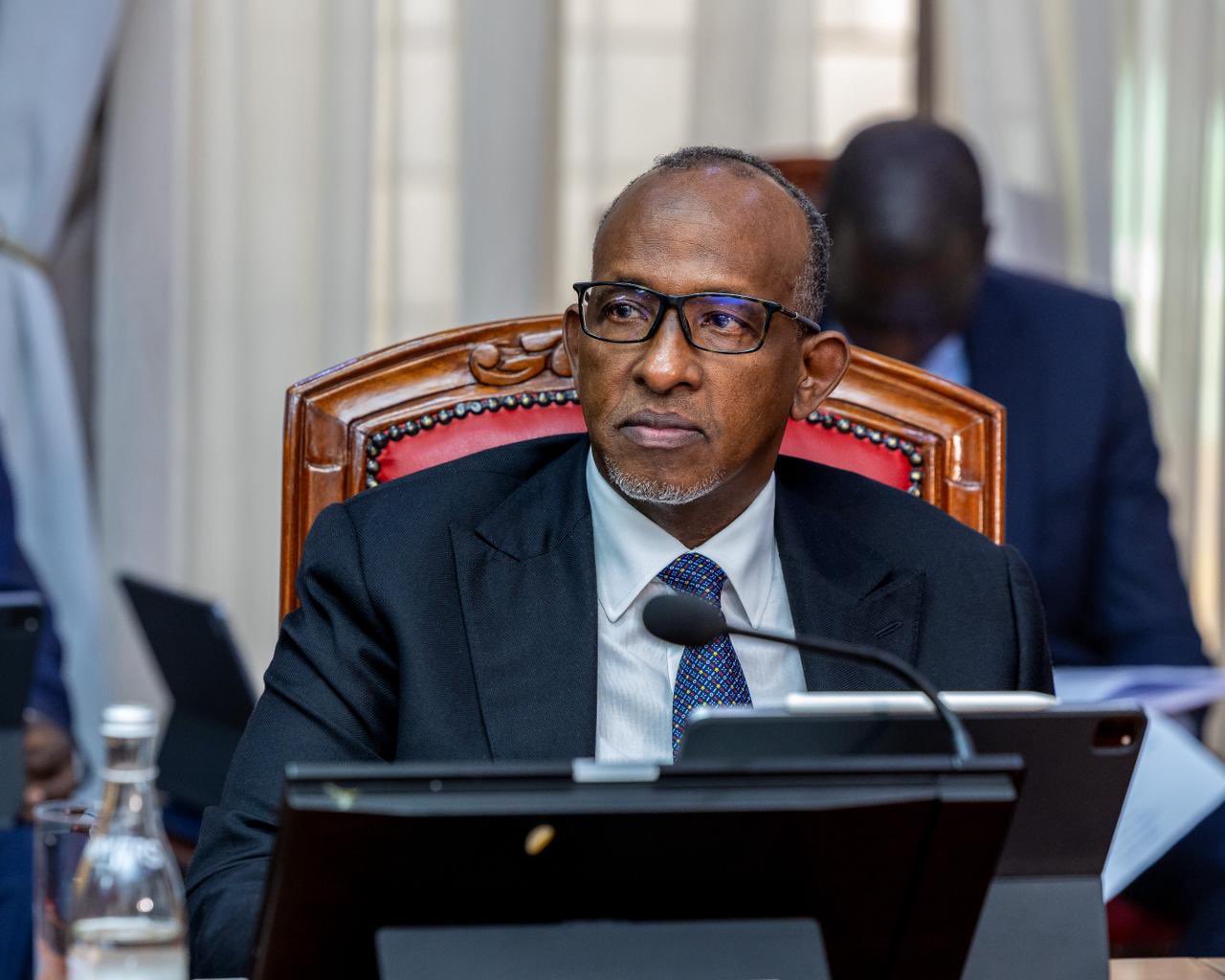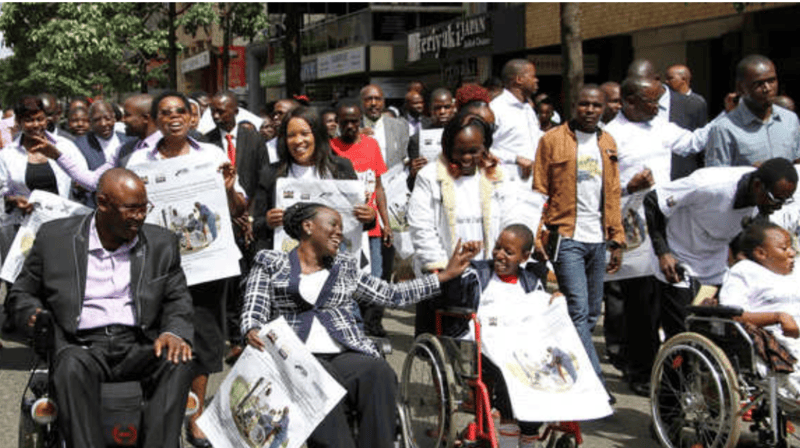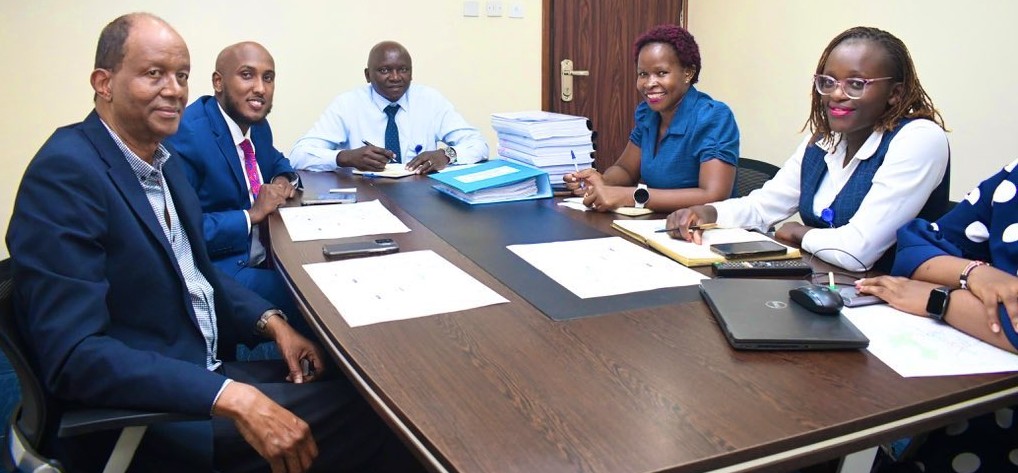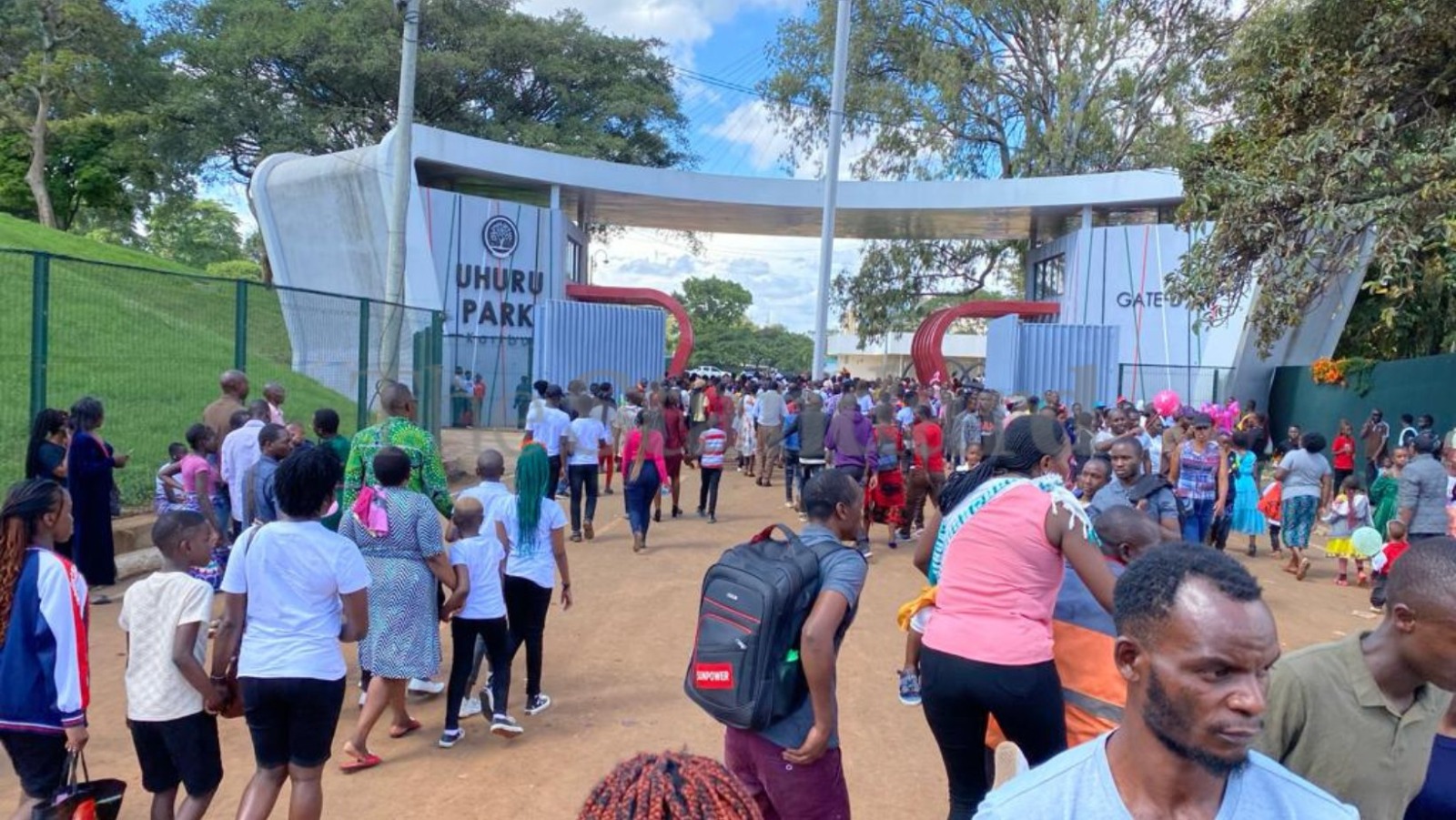Roads development key to bolstering investments - Northern Frontier leaders
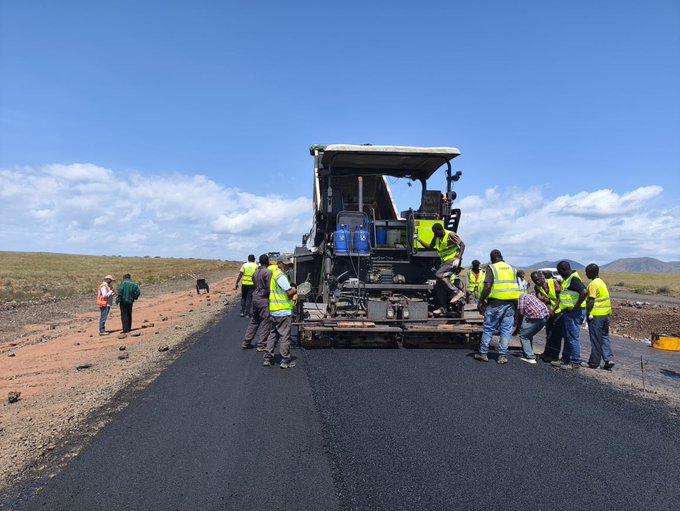
Most roads were impassable following floods that had cut off the region from other parts of the country.
When leaders from Wajir visited Roads and Infrastructure Cabinet Secretary Kipchumba Murkomen in December last year, they sought help over the poor state of roads in the county and, crucially, in northern Kenya.
Most roads were impassable following floods that had cut off the region from other parts of the country.
More To Read
- KeNHA revises Isiolo-Mandera road project, adds new features to enhance cross-border links
- Sh100bn Isiolo-Mandera Road to boost connectivity, economic growth in Northeastern - Kindiki
- Ikuje Garre, iteremke Modogashe! What are the facts in Ruto's claimed road project?
- Road infrastructure top priority for North Eastern leaders ahead of Ruto visit
- North Eastern only behind Nairobi in internet accessibility - CA report
- Northern counties renew focus on early childhood education
MPs present were Fatuma Abdi (Wajir), Adan Keynan (Eldas), Ibrahim Saney (Wajir North), Aden Mohamed (Wajir East), Farah Yussuf (Wajir West) and Barre Hussein (Tarbaj).
“I will continue consulting elected leaders on road projects in their regions because together we will find solutions. I met MPs from Wajir County and assured them of the government’s commitment to developing roads and air networks in the vast county and the wider northeastern region,” Murkomen said after the meeting.
Road transport is the most widely used means of transport in Kenya. More than 64 per cent of freight traffic and 93 per cent of passenger traffic is by road.
“On access, more than 80 per cent of the residents of the city counties of Nairobi and Mombasa are able to access a motorable road within two kilometres, whereas in the arid and semi-arid lands (ASAL) counties of Turkana, Marsabit, Wajir, Mandera, Samburu and Tana River, less than 20 per cent of their population have access to a motorable road within two kilometres,” notes a report on the state of inequality in Kenya published by the Commission on Revenue Allocation (CRA).
It also states that roads are a key factor of production, which also attracts other services such as health and education. The low proportion of paved roads in the sparsely populated counties is, therefore, a determent to these areas from accessing other social services.
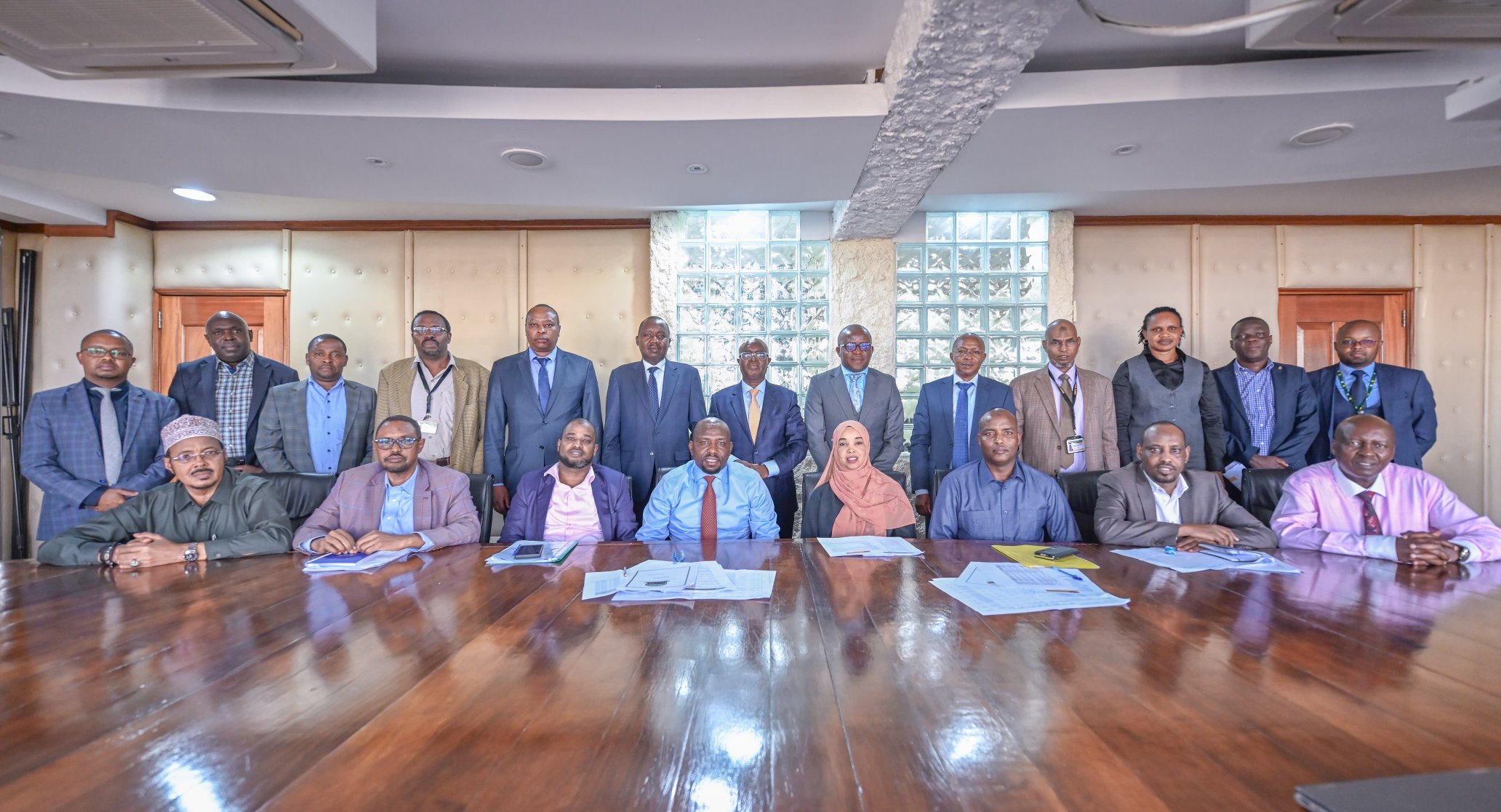 Transport and Roads CS Kipchumba Murkomen during a meeting with Wajir leaders on December 11, 2024. (Photo: X/Kipchumba Murkomen)
Transport and Roads CS Kipchumba Murkomen during a meeting with Wajir leaders on December 11, 2024. (Photo: X/Kipchumba Murkomen)
Mandera CIDP
For instance, in the Mandera County Integrated Development Plan (2018-2022), it is indicated that the devolved unit inherited one of the worst public infrastructures in the country. Investment in public infrastructure was at best scanty and minimal.
According to CRA and other data, Mandera County had no bitumen road but had 470km of gravel roads and 2,083km of earth roads.
The county has a total of 2,155.80km of road network. The county government upgraded a 24km all-weather murram road to bitumen status, the first of its kind in Mandera town.
The national government has given contracts for the building of 135km of low-volume sealed roads from Rhamu to El Wak and the works are near completion.
According to Ali Edin Abdi, an Isiolo-based socio-economic commentator, the story of northern Kenya’s marginalisation has a historic bearing right from the colonial times and even after independence, with subsequent governments continuing to consider the region as unproductive and has, therefore, been neglected in terms of development.
“The colonial masters set out a plan of segregating the region and that was necessitated by the British view of the Somalis as a threat and their belief that the region’s climate was harsh and their agricultural interests stood no chance,” says Ali.
A research report by Osogo Ambani and Caroline Kioko titled “Decentralisation and Inclusion in Kenya” published in 2022 by the Kabarak University Press notes that the northern frontier counties and other nomadic areas had two common marginalising factors: distance from the centre of power and harsh climatic conditions, especially drought, high temperatures and poor soil, which militated against the prioritisation of development in those regions.
Discriminatory legislation
In some instances, these regional disparities were formalised through discriminatory legislation such as the Outlying District Ordinance Act of 1902, which created a ‘closed districts’ policy.
The Act demarcated the Northern Frontier District (NFD) (comprising modern-day Garissa, Isiolo, Mandera, Marsabit, Samburu, Turkana and Wajir) as a closed area requiring a special pass to enter.
The idea was that these areas would either be given British protection or left on their own as they were uneconomical to administer.
The Social Economic Blueprint for the Frontier Counties Development Council (FCDC) 2018-2030 notes that due to historical marginalisation, only about 6.2 per cent of the roads are paved while the rest are mainly earth or gravel standard. Some of the paved roads are in poor condition.
“The distance challenge will be addressed through the development of connective infrastructure, in particular roads, airports, railways, Lamu port, cross-border infrastructure and ICT,” notes the blueprint.
The northeastern part of Kenya is largely pastoral where livelihoods rely mainly on livestock and trading. During the rainy seasons, the region is cut off from the rest of the country while in the dry season, it takes on average three days to reach Mandera via Isiolo from Nairobi, a distance of about 983km.
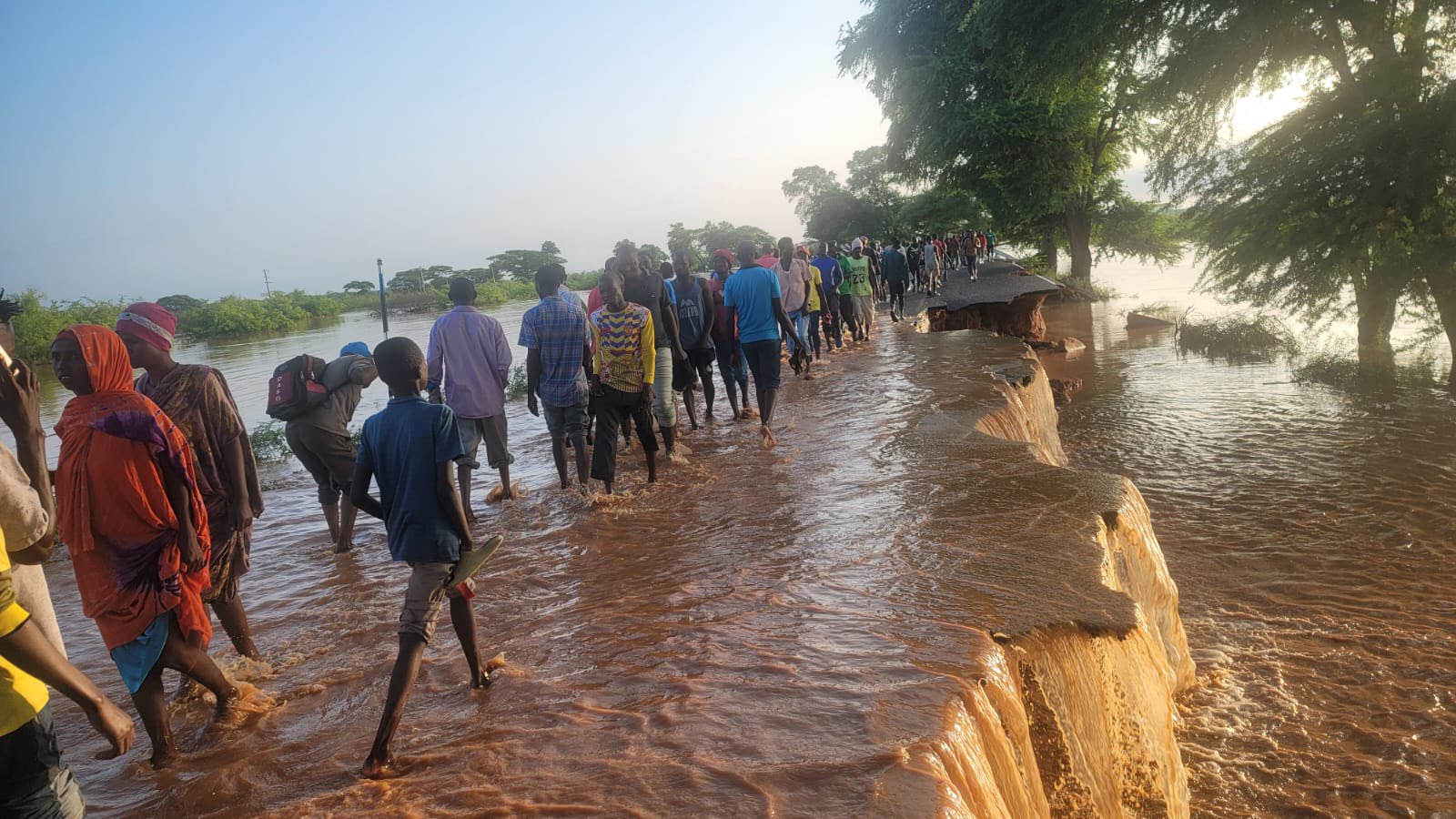 A view of Madogo-Garissa Road that was recently cut off by floodwaters following heavy rains. (Photo: File/ KeNHA)
A view of Madogo-Garissa Road that was recently cut off by floodwaters following heavy rains. (Photo: File/ KeNHA)
Since the main road corridors traversing this region are in poor condition, even distribution of local produce is difficult or impossible due to the time factor and breakdowns. The effect is that recovery and development costs in all sectors are adversely affected, hindering the development of the region.
Today, leaders from the northern frontier see the Lamu Port-South Sudan-Ethiopia-Transport (LAPSSET) Corridor project as a broader change of heart on the part of the Kenyan government towards the northern region.
Speaking during the launch of a World Bank-funded road construction project, former Isiolo governor Mohammed Kuti said that since independence, the county had only five kilometres of its road network tarmacked.
“When people come from Nairobi, they say they have come from Nairobi to no man’s land. The road will extend Kenya,” Kuti said.
Ali Roba, the chairman of Northern Frontier Counties, believes that building roads in the region will cut the cost of transport as the region has been neglected by successive administrations.
He said it costs Sh500 to transport a bag of cement from Nairobi to Mandera. “It will provide investment opportunities to the region,” Roba said.
Top Stories Today



